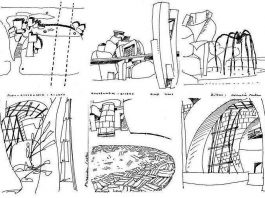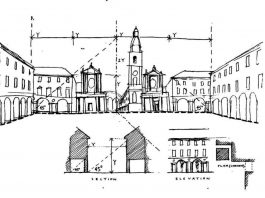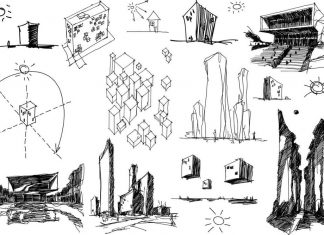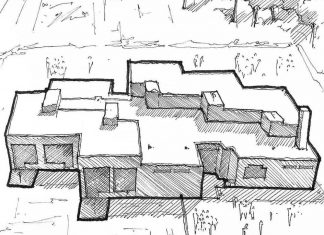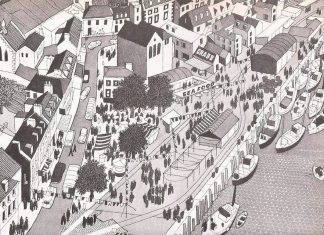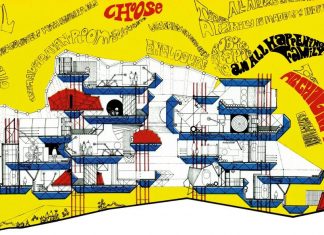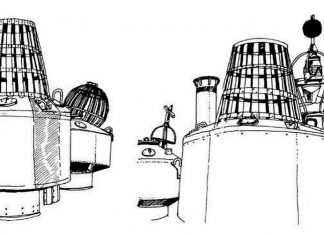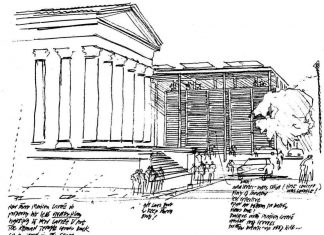Verbal Text in Architecture – A Text within a Text
From the semiotic viewpoint, architecture is not only transmedial (in which case its specimens in their constitution can be likened to verbal texts that...
The Giza Pyramids
Most likely responding initially to practical needs—such as restoring landmarks destroyed by the Nile’s annual flooding, estimating the volume of a stone block, or...
Mesopotamia: The Oval Temple
Without humans settling down more or less permanently at specific locations, the erection of large and complex edifices would have been an unimaginable feat;...
The Terra Amata Huts
Unlike clothes, buildings cannot be squeezed into the back of our closet or taken to the local charity shop when no longer in fashion;...
Structuralism
In the 1950s a group of architects broke away from the mainstream modernist organization CIAM and began to take architecture in new directions. These...
Townscape
The townscape movement emerged after the Second World War as a way of looking at how towns grew organically and how planners should respect...
Metabolist architecture
The Japanese group known as the Metabolists proposed a new kind of architecture based on values of adaptability and change. Their visionary designs included...
Archigram
The British group Archigram formed in the 1960s as a forum for architectural discussions and ideas. Its projects existed mainly on paper, but its...
Why draw?
There is an undisguised air of evangelism running through this book, for it seeks to encourage students of architecture, craft and design to forsake...
The benefits of drawing
The act of drawing is an important starting point for the intellectual process we call ‘design’. To be able to draw a chair or...




